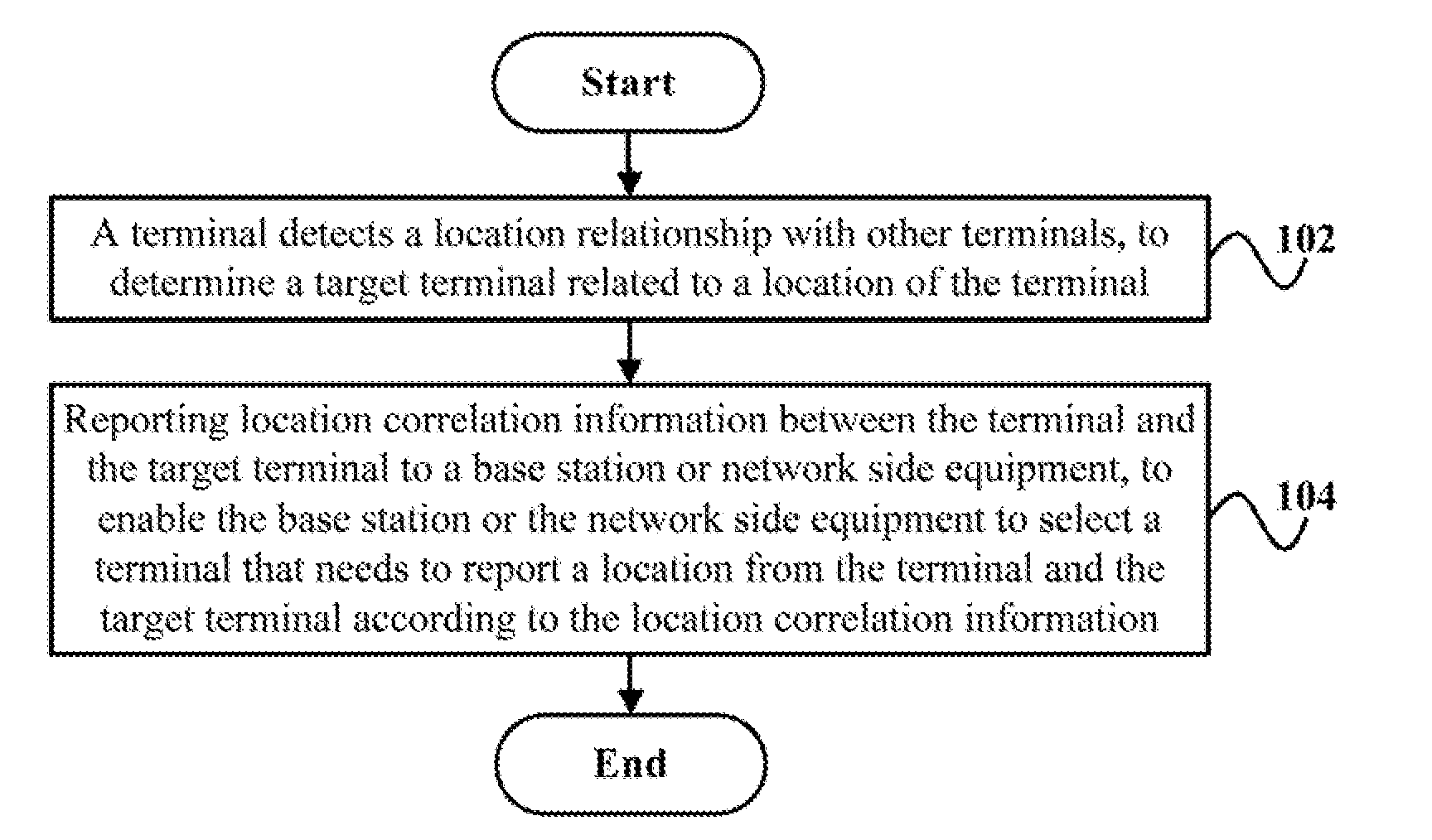Understanding Loan Syndication vs Participation: Key Differences and Implications for Borrowers and Lenders
Guide or Summary:Loan syndication is a process through which multiple lenders come together to fund a single loan for a borrower, typically a corporation or……
Guide or Summary:
Loan Syndication vs Participation
---
In the world of finance, understanding the intricacies of various lending mechanisms is crucial for both borrowers and lenders. Two commonly discussed methods are loan syndication and participation. While both strategies are designed to spread risk and increase capital availability, they operate differently and serve distinct purposes. This article aims to delve into the nuances of loan syndication vs participation, highlighting their key differences, advantages, and implications for stakeholders involved.
### What is Loan Syndication?
Loan syndication is a process through which multiple lenders come together to fund a single loan for a borrower, typically a corporation or government entity. This collaborative approach allows lenders to share the risk associated with large loans that might be too substantial for a single institution to handle. In a syndicate, one bank often acts as the lead lender or arranger, coordinating the loan terms and managing the relationship with the borrower.
The lead lender negotiates the loan agreement and then invites other banks or financial institutions to participate in the syndicate. Each lender contributes a portion of the total loan amount and receives interest payments proportional to their investment. This structure not only diversifies risk but also provides borrowers with access to larger sums of capital than they might secure from a single lender.

### What is Participation?
On the other hand, participation refers to a different arrangement where one lender (the “lead lender”) originates a loan and then sells portions of that loan to other lenders, known as “participants.” In this scenario, the lead lender retains the primary relationship with the borrower, while the participants share in the income generated from the loan, typically in the form of interest payments.
Unlike syndication, where multiple lenders are involved from the outset, participation allows the lead lender to manage the loan independently while still distributing some of the risk and return to other financial institutions. This can be particularly beneficial for the lead lender, as it allows them to free up capital for additional lending while still earning fees from the participants.
### Key Differences Between Loan Syndication and Participation
1. **Structure and Involvement**: In loan syndication, all lenders are involved from the beginning, sharing the risk and management of the loan. In contrast, participation involves a lead lender who manages the loan, with participants coming in later to buy portions of the loan.

2. **Risk Sharing**: While both methods spread risk, syndication does so more evenly among all lenders from the start. In participation, the lead lender retains more control and responsibility, which can lead to a different risk profile for participants.
3. **Relationship with Borrower**: In loan syndication, all lenders typically have a direct relationship with the borrower, whereas in participation, the participants rely on the lead lender for information and management.
4. **Flexibility**: Participation can offer more flexibility for the lead lender to adjust terms or manage the loan without needing consensus from multiple lenders, as is often required in syndication.
### Implications for Borrowers and Lenders
Understanding the differences between loan syndication and participation is essential for borrowers seeking financing options and lenders looking to manage risk effectively. For borrowers, syndication can provide access to larger amounts of capital with potentially better terms due to the competitive nature of multiple lenders. However, they may also face more complex negotiations and documentation.

For lenders, the choice between syndication and participation can depend on their risk appetite, desire for control, and relationship management preferences. Syndication may be preferable for institutions looking to diversify their portfolios without taking on excessive individual risk, while participation might suit lenders that prefer to maintain a closer relationship with the borrower through a lead lender.
In conclusion, both loan syndication and participation are valuable tools in the financial landscape, each with its unique advantages and considerations. By understanding these mechanisms, stakeholders can make informed decisions that align with their financial goals and risk management strategies.